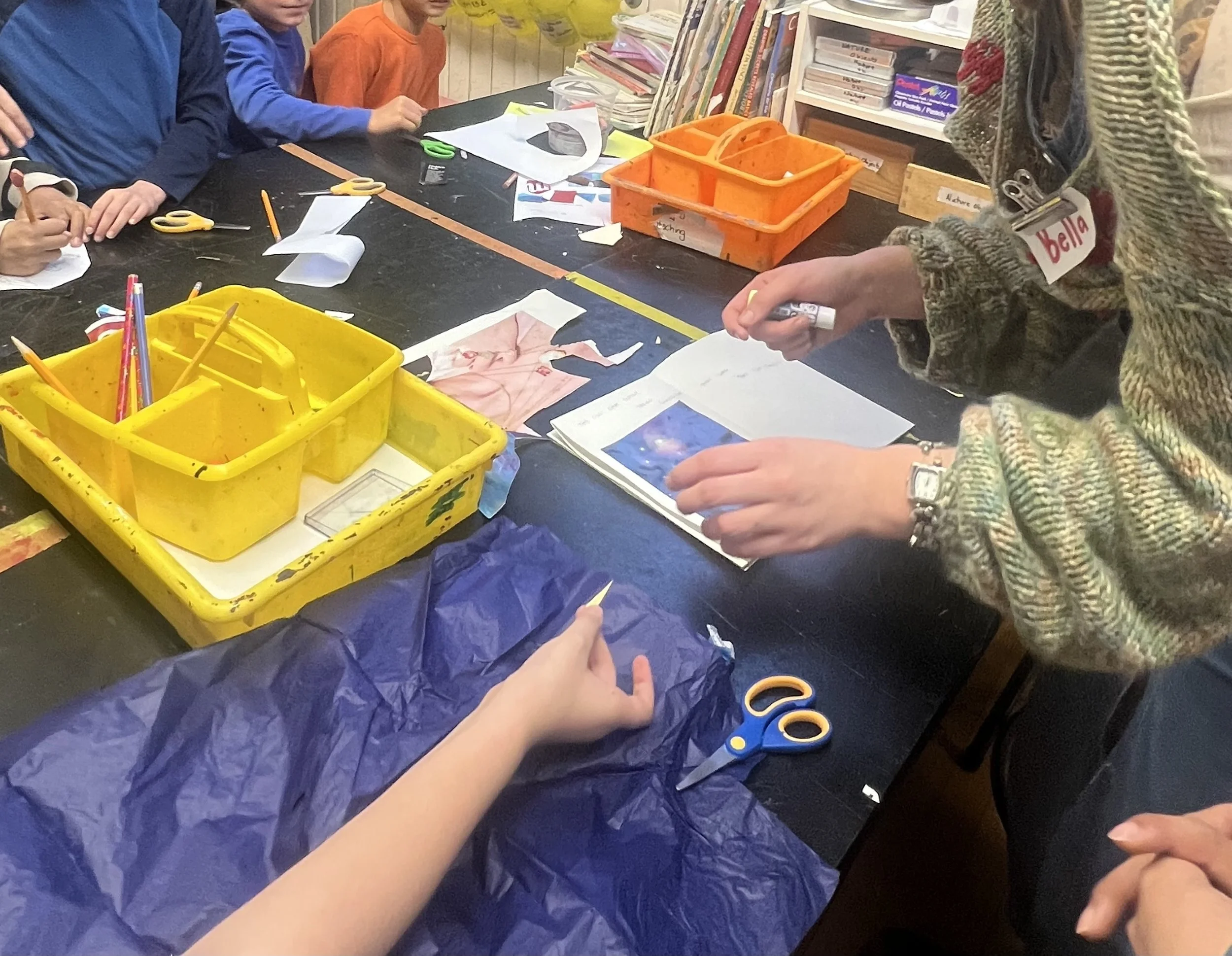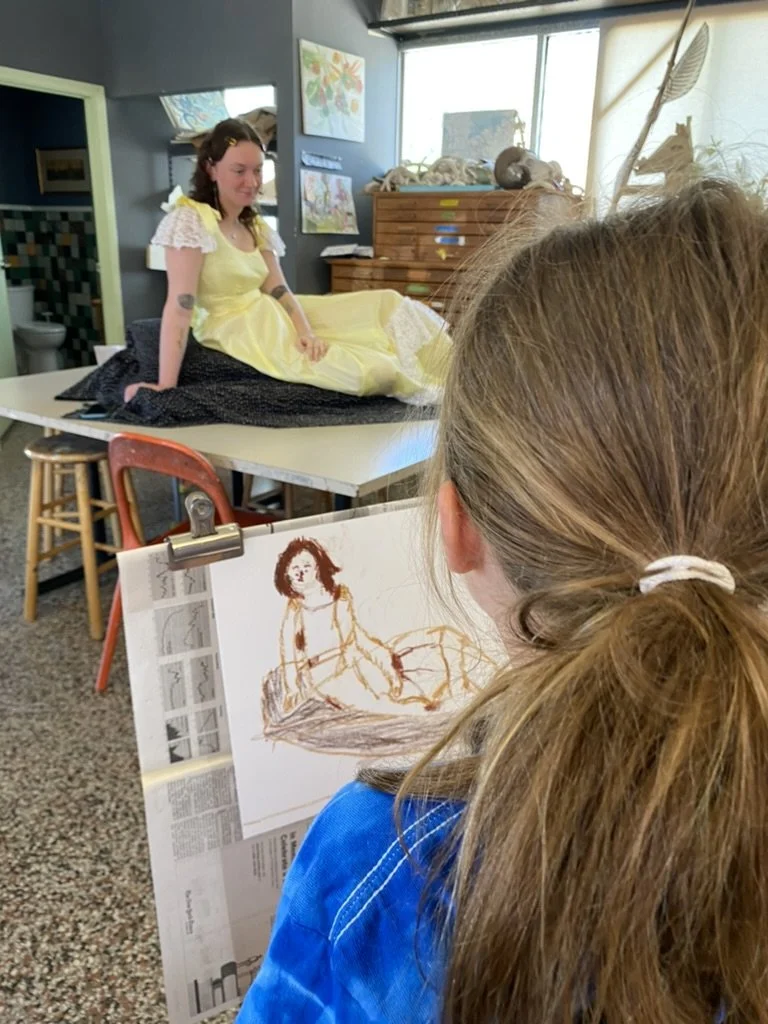Teaching Statement
I have found so much comfort in teachers over the span of my own education. The art classroom not only provided space for creative expression, but also enabled a curriculum of care that was free of the heavy burden of academic stress. Art teachers were welcoming and encouraging, and became mentors both in my practice and my life as a whole. I want to take up the helm of creating a welcoming space that encourages my students to unapologetically be their best selves, both as artists and as members of their greater communities.
For more than a half-decade, I’ve had the privilege to teach hundreds of children in a studio in Dallas. I can remember many of their faces and their art and how they were so ridiculously, beautifully unique. I’ve had students who trusted me enough to comfort their crying selves, loved me enough to hug me, some who I’ve been friends with for years. I have been lucky enough to find what I want to do for the rest of my life, something that won’t just make me joyful, but has the potential to make multitudes of others as well. I don’t think I will ever be able to find a career path more rewarding than sharing knowledge, companionship, leadership or comfort in the forthcoming generations of students.
I love making and teaching art, and I am overjoyed to have the chance to encourage my students to push themselves to learn and make art that is meaningful to them. Part of this stems from bell hooks’ ideas of teacher as healer, in her book Teaching to Transgress. I have developed a portfolio of lesson plans that are connected to themes of identity, home, and culture, that allow students to express themselves and have their individual stories be heard. One lesson I designed, Cuddle Up In Your Home: Patterned, Mixed-Media ‘Quilting’ as Storytelling, invites late elementary students to consider the symbols they find representative of the places, objects and people they consider as their home, in a collage, drawing and painting project that resembles a quilt. In the past, some of my most memorable pedagogical moments were when students realized their incredible progress and were able to be tremendously happy with themselves while imagining their next steps. Students need to have assignments that develop their problem solving skills, so they can learn to advocate for themselves. I enjoy Ross Gay’s ideas concerning participatory and forgiving pedagogy in his book Inciting Joy, and plan to be participatory in my own curriculum, like him, as a way to open up to my classes. I would not serve as a master of knowledge, but give demonstrations and instruction as a stepping stone for students’ own expertise. I do not think of myself as some massive force in their creative journey, but I hope that I can be at least a snippet in their artistic path.
My favorite part about teaching is developing trusting relationships with students, where they have a comfortable space to improve, explore new ideas and try new ways to create. I am interested in arts integration, with science, in the relationship of experimentation, and with language arts, where students can get inspired through literature and develop writing skills through reflection of their own and others’ art. I admire the Teaching for Artistic Behavior model, where students are given the agency to develop projects and choose what they want to use to create them. It aligns very directly with Paulo Freire’s concepts of education as freedom and students’ humanization. Classroom culture should be cultivated to be a supportive collective of students who build off each other and inspire growth in one another through group discussion, critique and collaboration. Questions will always be answered and inquiries can be explored together, student and teacher side by side.


